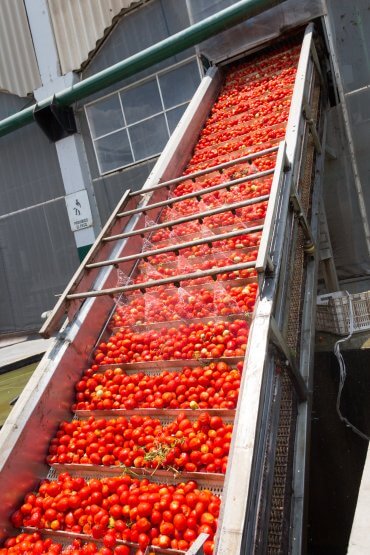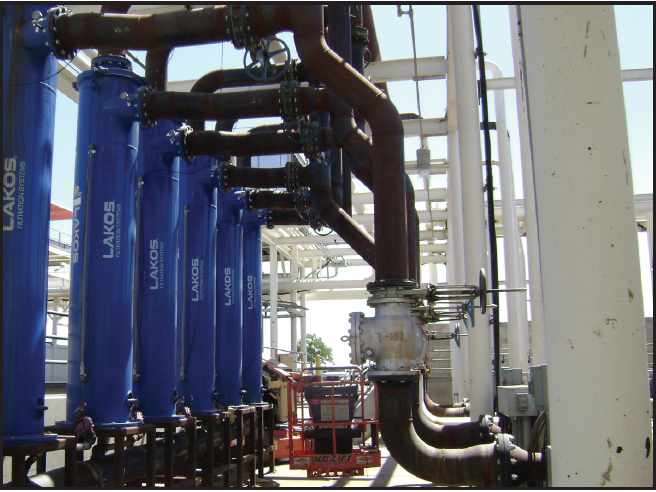Tomato Washing Operation Increases Efficiency

Tomato Washing Operation Increases Efficiency
System: Tomato Washing Flumes For Harvested Tomatoes
Solids: Sand from Source Water Wells and Dirt On Tomatoes Liquid: Water
Problem/Challenge: Sand and Dirt in Process Water Clog Flumes and Spray Nozzles
Solution: Six LAKOS JPX-1850-V/FLG Separators
Problem: A large tomato processing plant in Central California was losing efficiency due to both the sand in the source water supply (water well) and the dirt on the freshly picked tomatoes themselves. The sand in the well water introduced solids that clogged flumes and nozzles in the closed-loop process. This required substantial manual labor to clean on a regular basis. Added to the dirt that was already present on the tomatoes, a large amount of water and energy was wasted in attempts to clean and process the tomatoes.
Solution: Engineers at the tomato plant had heard and seen what LAKOS Separators could do at other food processing plants, and recommended the solution to plant management. LAKOS recommended a configuration of six LAKOS Separators on the six main pumps that service different operations at the plant.

The total installation cost was approximately $80,000 but yielded labor savings which allowed the system to pay for itself in six months. Before the Separators were installed, a minimum of 10 workers would have to manually clean the flumes with shovels 3-5 days per week, working 4-6 hours each day for the six months each year the plant operates. Now that labor has been eliminated, and the sand and dirt is removed by the Separators and collected in hoppers for easy removal. In addition to the labor savings, the Separators also save money by reducing wear on the plant’s other processing equipment by removing the solids before they move through the system.